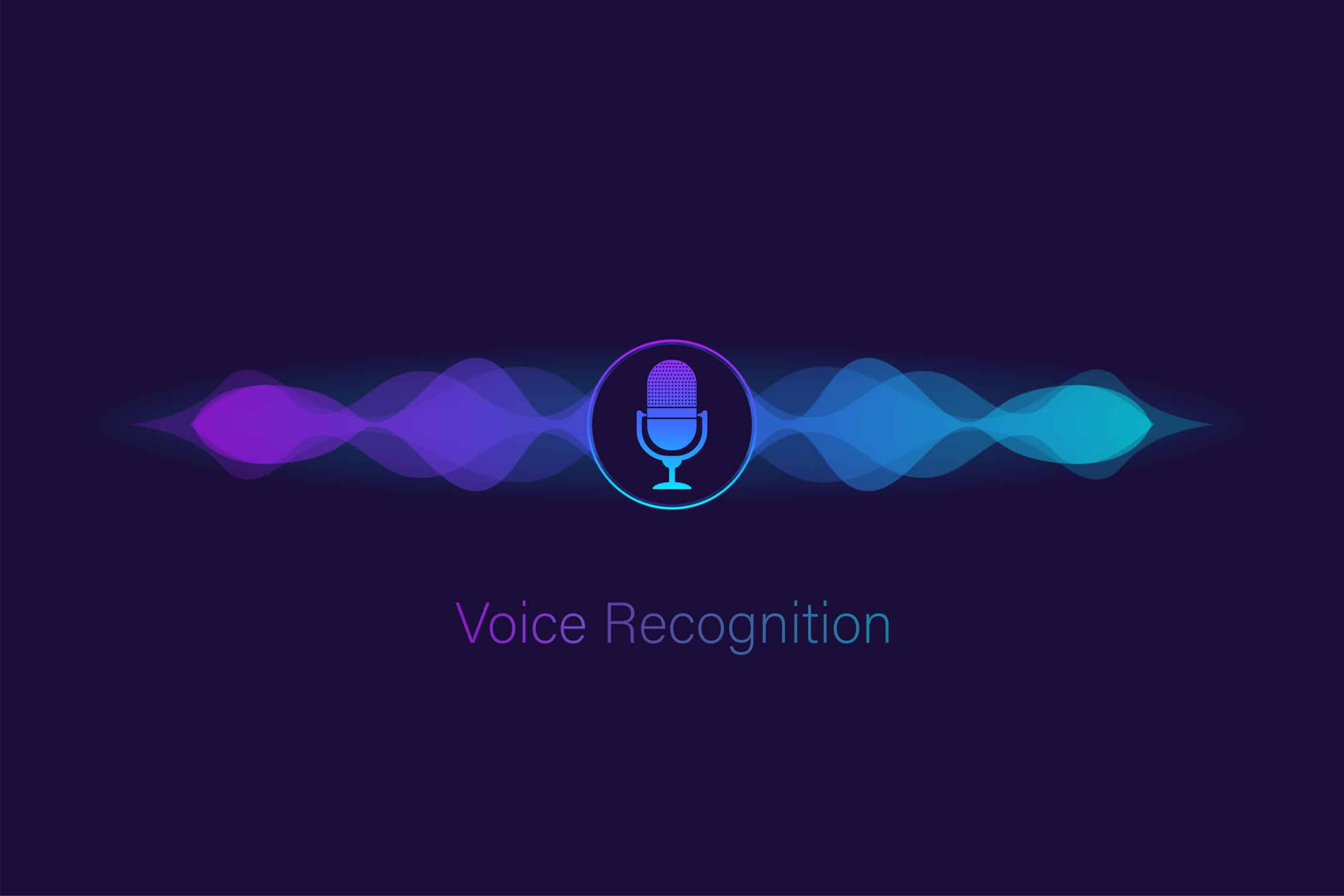Home » Newsroom Posts » Media Resource Control Protocol

August 11, 2025 | By Shirmattie Seenarine
TL;DR:
Not all voice systems are created equal—and not all protocols deliver the same experience.
Discover:
If you’re building with REST and thinking about real-time voice, don’t skip this read. MRCP may be the upgrade your voice system didn’t know it needed.
In today’s competitive business landscape, organizations are using voice technology to automate, accelerate, and improve customer support. These organizations, which implement innovative Interactive Voice Response (IVR) systems and AI voice bots, require fast, natural responses from their voice-based systems. While many applications depend on RESTful APIs, many organizations are less aware of the Media Resource Control Protocol (MRCP), which delivers essential features that surpass RESTful APIs when handling real-time voice communication.
The decision between MRCP and RESTful APIs does not need to be mutually exclusive. Companies like Deltapath, which specialize in unified communications (UC) and Unified Communications as a Service (UCaaS), provide both MRCP and RESTful API solutions that enable businesses to select the most suitable solution according to their business needs.
The Media Resource Control Protocol serves as a signaling protocol for managing and controlling voice services, including automatic speech recognition (ASR) and text-to-speech (TTS) capabilities. MRCP version 2 enables real-time voice interaction by streaming audio through the Real-Time Transport Protocol (RTP) and utilizing the Session Initiation Protocol (SIP) to manage sessions.
Voice AI says:
“Hi there! How can I help you today?”
The caller says:
“I’m trying to track my order, but I think it might be canceled…”
The voice bot system, which utilizes RESTful APIs, usually requires callers to complete their entire statement before sending data for speech analysis and transcription. After the system receives the recording as a whole, it proceeds to the next action.
Additionally, the voice bot using RESTful APIs encounters two potential problems when customers pause in the middle of a sentence or modify their request, which often occurs during the exchange of information. Pausing or modifying a request often leads to an incorrect interpretation of spoken words or delayed responses, resulting in an uncomfortable and unrealistic conversation flow.
The user experience transforms significantly when using the Media Resource Control Protocol.
The voice bot starts transmitting audio to the speech engine immediately after a customer begins speaking. The voice bot utilizes MRCP, version 2, to control the speech engine, and ASR to analyze the customer’s speech in real-time while the customer continues speaking.
Suppose a customer says, “Track my order” during a conversation.
In this case, the bot can start its response, keeping the customer engaged.
The voice bot can also pause its speech when the customer interrupts to provide an updated command, utilizing the barge-in feature.
“Actually, I need to cancel it instead.”
The voice bot interrupts its speech immediately when barge-in functionality is enabled, allowing it to listen to the new command. A speech flow with this feature becomes almost identical to the natural flow of human discussions when one speaker interrupts another.
Media Resource Control Protocol powers the real-time audio streaming and control needed for voice assistants to feel fast, responsive, and attentive—key traits of modern conversational experiences.
The Media Resource Control Protocol supports the barge-in feature. However, the availability of the feature is predicated on many things:

A Representational State Transfer API (RESTful API) represents a set of rules that enable two computer systems to exchange data through internet protocols, including HTTP. The architectural principles of REST guide the development of lightweight, scalable web services through this approach.
A RESTful API functions by using resources, which include data objects, files, and services that are identified through unique URLs. Clients perform operations on these resources through standard HTTP methods, which include:
The use of RESTful APIs with web standards enables applications to interact with them regardless of the programming language used, making RESTful APIs highly appealing for businesses.
Although the Media Resource Control Protocol is stealing some of its thunder, RESTful APIs are not going anywhere. They are still a great choice in numerous business situations.
RESTful APIs remain a modern technology despite common misconceptions about their obsolescence. Many business operations require RESTful APIs as their most suitable solution.
The asynchronous nature of RESTful APIs makes them suitable for tasks that do not require immediate feedback. The system can perform voicemail transcription and TTS update delivery to user portals through RESTful APIs because it does not require real-time audio processing.
The integration of web and mobile applications benefits greatly from RESTful APIs. The combination of HTTP internet protocols with JSON formats makes RESTful APIs simple for developers to work with and enables fast connections to websites and mobile apps, as well as Customer Relationship Management systems (CRM) and databases.
Organizations that lack SIP/RTP infrastructure and traditional voice-based systems will find that RESTful APIs are the best approach. For example, RESTful APIs provide an efficient solution for data-driven workflows, which include retrieving customer shipping records and updating billing information without requiring real-time audio stream management. Similarly, the choice of RESTful APIs becomes appropriate for applications that handle data exchange operations without requiring urgent speed.

A WebSocket is a communication protocol that allows data between the client and server to flow in both directions at the same time over a single, persistent TCP connection. Businesses using RESTful APIs can layer WebSockets on their existing REST infrastructure. They are helpful when fulfilling general-purpose communication, including voice, which makes WebSockets very useful when introducing solutions that fill real-time needs, such as voice bots, IVRs, and live dashboards.
Adopting WebSockets is relatively straightforward for businesses already utilizing RESTful APIs. However, the barge-in feature and other voice-specific features often require development, resulting in the need for additional coding efforts for features typically included with MRCP. Additionally, businesses should note that MRCP is specifically designed for speech and media resource control.
The choice between MRCP, RESTful APIs, or RESTful APIs with WebSockets depends on the specific needs of a business, its existing infrastructure, and long-term goals.
The Deltapath platform offers businesses the option to choose between RESTful APIs and MRCP protocols. Deltapath provides you with adaptable tools to help companies build intelligent voice workflows and general-purpose communication that grow with your business needs, from IVR upgrades to speech integration in enterprise applications.
Ready to transform your communication experience? Contact Deltapath.